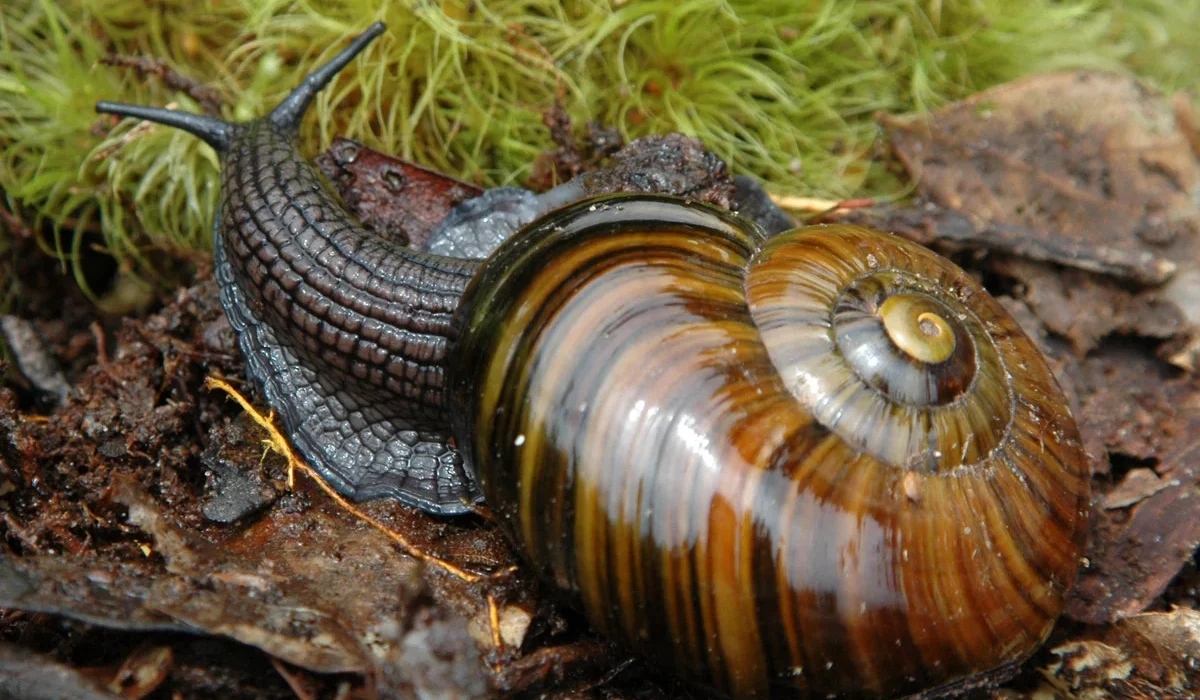Papua New Guinea, nestled within the heart of the Pacific, has once again astounded scientists with the revelation of nine new species of carnivorous land snails. These diminutive beings, so minute that all nine could comfortably coexist on a U.S. nickel, were discovered nestled within the remote forests of this island nation. The unveiling of these minuscule creatures not only adds to the biodiversity richness of Papua New Guinea but also presents an unprecedented opportunity to study a group of organisms that are facing rapid extinction in various corners of the globe. This article embarks on an exploration of the intricacies of this groundbreaking study, offering insights into the characteristics of these newfound species and shedding light on the potential conservation challenges that loom on the horizon.
The lush landscapes of Papua New Guinea, covering less than 1% of Earth’s land area, harbor an astonishing 5% of the world’s biodiversity and boast the largest intact rainforests in Australasia. The juxtaposition of this rich ecosystem against the growing threat of loggers eyeing the old-growth forests sets the stage for a delicate conservation narrative. As we venture further into this article, we will uncover the challenges posed by human activities and the necessity of preserving the untouched wilderness that currently sustains these newfound snails.
Papua New Guinea’s Rich Biodiversity
Despite accounting for less than 1% of Earth’s land area, Papua New Guinea boasts approximately 5% of the planet’s biodiversity. The island is home to the largest intact rainforests in Australasia, fostering a thriving ecosystem that remains largely untouched. However, this untouched wilderness is at risk due to the increasing allure of Papua New Guinea’s old-growth forests to loggers, setting the stage for a potential conservation battleground.
Conservation Challenges in Papua New Guinea’s Forests
While wildlife flourishes in Papua New Guinea’s vast expanses of undeveloped land, the old-growth forests face an imminent threat from human activities. The scarcity of roads in the country, historically a challenge for scientists, has also shielded native flora and fauna from habitat destruction. The study’s lead author, John Slapcinsky, highlights the importance of preserving the native vegetation that currently sustains these newly discovered snails.
Expeditions to Isolated Forests of Papua New Guinea
Reaching the isolated forests of Papua New Guinea is no small feat. Researchers embarked on challenging expeditions, navigating on foot over steep mountains and using fallen trees as makeshift bridges across deep crevices. With limited infrastructure and few roads in the country, the researchers faced significant obstacles, but these challenges also contributed to preserving the natural habitat from human interference.
The Hunt for the Minuscule Predators
John Slapcinsky, the lead author of the study, undertook nine extensive trips to Papua New Guinea between 2002 and 2012. Armed with determination, he combed through the soil and fallen leaves, ultimately collecting over 19,000 snails from more than 200 sites. The tiny size, habitat selectiveness, and limited distribution of these snails make them exceptionally challenging to locate, with nearly all confined to a single island or mountain.
The Unique Traits of New Guinea’s Carnivorous Snails
In the depths of Papua New Guinea’s remote forests lies an artistic masterpiece of nature—nine recently discovered species of carnivorous land snails, each unveiling its distinct characteristics. These remarkable creatures, small enough to collectively occupy a U.S. nickel, showcase a stunning array of features that set them apart in the world of invertebrates.
The newly named snails boast tightly coiled, Frisbee-shaped shells adorned in an array of hues, from earthy browns to subtle tans, embellished with captivating gold or brown flamelike bands. Among this array of natural artistry, one standout species, Torresiropa paterivolans, derives its name from its uncanny resemblance to flying saucers—a whimsical nod to the intriguing diversity found in the world of snails.
What unifies these nine species is a shared characteristic: dagger-shaped teeth adorning their radula, a unique feature that signals their predatory nature. While the specific dietary preferences of these snails remain shrouded in mystery, the distinctive shape of their teeth strongly suggests a carnivorous appetite, adding an extra layer of intrigue to these elusive creatures. As scientists continue to unravel the secrets of Papua New Guinea’s carnivorous snails, their unique traits offer a glimpse into the fascinating and intricate world of invertebrate life.
Conservation Prospects
As scientists grapple with understanding the newly discovered snails, the question of their conservation status looms large. Fortunately, the habitat of these snails has not yet succumbed to significant alterations caused by human activities, providing a glimmer of hope. Drawing a contrast with the plight of native snails in the Hawaiian Islands, Slapcinsky emphasizes the importance of proactive conservation measures in Papua New Guinea, such as slowing deforestation and preventing the introduction of non-native predators. The article concludes by underscoring the urgency of protecting these vulnerable creatures and the vast, largely unexplored ecosystems they inhabit.

